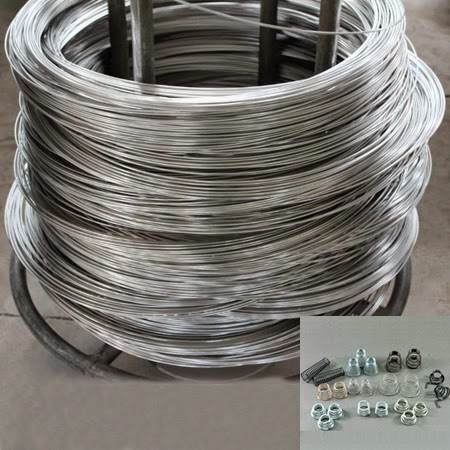Heat treatment: carried out in the temperature range of 1850-2050 ° annealed, then rapidly annealed and then rapidly cooled. 316 stainless steel can be hardened thermal treatment. ? Welding: 316 stainless steel with good weldability. All standard welding methods may be used for welding. Welding according to use, respectively 316Cb, 316L stainless steel or 309Cb filler rods or rod welding. For optimum corrosion resistance, Electro Polishing Quality Wire section 316 need to be annealed after welding. If you use 316L stainless steel, does not require annealing after welding. Typical uses: pulp and paper equipment heat exchangers, dyeing equipment, film processing equipment, piping, exterior building materials used in coastal areas. 304 Stainless Steel Binding Wire: 18Cr-12Ni-2.5Mo because adding Mo, so the corrosion resistance, resistance to atmospheric corrosion and high temperature strength are particularly good, can be used in the harshness of the conditions; hardening excellent (non-magnetic).Binding Binding Wire Sea equipment, chemicals, dyes, paper, oxalic acid, fertilizer and other production equipment; photography, food industry, coastal facilities, ropes, CD rods, bolts and nuts. 316 stainless steel chemical composition: C≤0.08, Si≤1.00, Mn≤2.00, P≤0.035, S≤0.03, Ni: 10.0-14.0, Cr: 16.0-18.5, Mo: 2.0-3.0 316 stainless steel mechanical properties: tensile strength (Mpa) 620MIN, yield strength (Mpa) 310MIN, elongation (%) 30MIN, area reduction (%) Density 40MIN 316 stainless steel: 8.03 g / cm3, austenitic stainless steel generally use this value.


没有评论:
发表评论